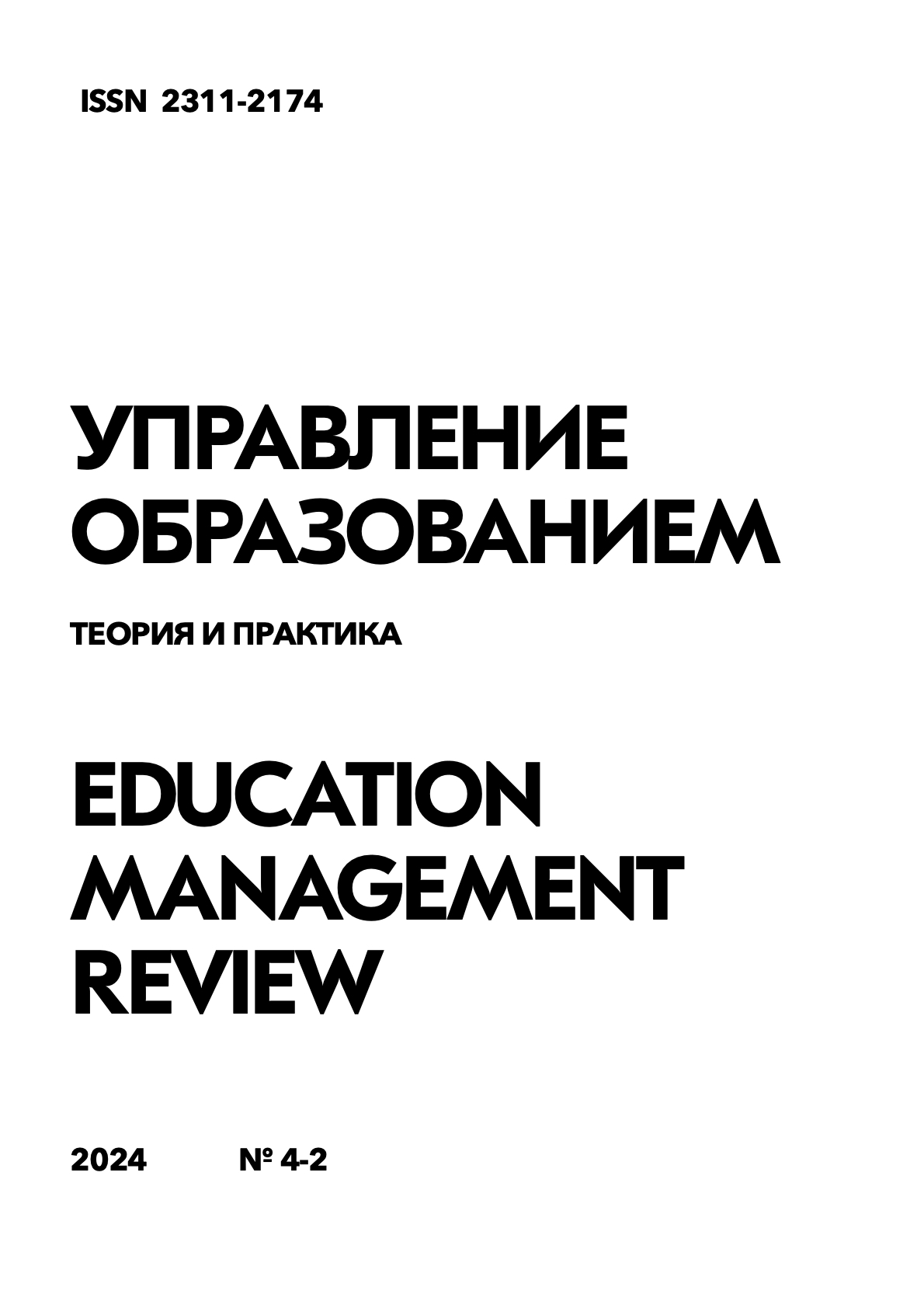Agglutinative and fusional features in the structure of a word in Russian and Chinese
Keywords:
agglutination, fusion, word formation, morphemics, comparative linguistics, Russian, Chinese.Abstract
The article examines agglutinative and fusional features in the structure of a word in Russian and Chinese in a comparative aspect. The relevance of the topic is due to the growing interest in the typological study of the languages of the world and the need for an in-depth analysis of the structural features of lexical units in different structural languages. The purpose of the work is to identify and compare agglutinative and fusional features in the word-formation models of the Russian and Chinese languages. The research uses methods of morphemic, word-formation and comparative analysis based on representative samples from authoritative lexicographic sources of both languages. The results show that, despite the fact that the Russian language belongs to the fusion and the Chinese to the isolating types, features of agglutination are found in their word–formation systems. At the same time, in Chinese, agglutinative signs are more pronounced than in Russian, due to the high productivity of word composition and the weak development of morphological processes. In turn, the Russian language is more characterized by the interpenetration of fusion and agglutinative elements in the structure of a derived word. The discussion emphasizes the importance of the data obtained for the typological characteristics of the studied languages and the construction of a universal model of word formation. The prospects of comparative study of other levels of the language system of Russian and Chinese languages are outlined.
References
Англо-русский словарь по лингвистике и семиотике. Под ред. А.Н. Баранова и Д.О. Добровольского. М.: Помовский и партнеры, 1996. 656 с.
Гак В.Г. Сравнительная типология французского и русского языков. Л.: Просвещение, 1977. 300 с.
Гринберг Дж. Квантитативный подход к морфологической типологии языков // Новое в лингвистике. Вып. 3. 1963. С. 60-94.
Драгунов А.А. Исследования по грамматике современного китайского языка. М.-Л.: Издательство Академии наук СССР, 1952. 232 с.
Мельников Г.П. Системная типология языков: синтез морфологической классификации языков со стадиальной. М.: Издательство РУДН, 2000. 90 с.
Реформатский А.А. Введение в языковедение. М.: Аспект Пресс, 1996. 536 с.
Солнцев В.М. Введение в теорию изолирующих языков. М.: Восточная литература РАН, 1995. 352 с.
Хаматова А.А. Словообразование современного китайского языка. М.: Муравей, 2003.224 с.
Packard J.L. The Morphology of Chinese. A Linguistic and Cognitive Approach. Cambridge: Cambridge University Press, 2000. 356 p.
Greenberg J.H. Some universals of grammar with particular reference to the order of meaningful elements // Universals of Human Language. Cambridge: MIT Press, 1963. рр. 44-70.
Malchukov A., Haspelmath M., Comrie B. Studies in ditransitive constructions: a comparative handbook. B: De Gruyter Mouton, 2010. 772 p.
Matthews P.H. Morphology. Cambridge: Cambridge University Press, 1991. 251 p.
Plungian V.A. Types of verbal evidentiality marking: аn overview // Linguistic realization of evidentiality in european languages. Eds by G. Diewald, E. Smirnova. B.-N.Y.: Mouton de Gruyter, 2010. pp. 15-58.
Shibatani M. The languages of Japan. Cambridge: Cambridge University Press, 1990. 428 p.
Downloads
Published
How to Cite
Issue
Section
License

This work is licensed under a Creative Commons Attribution-NonCommercial-NoDerivatives 4.0 International License.




